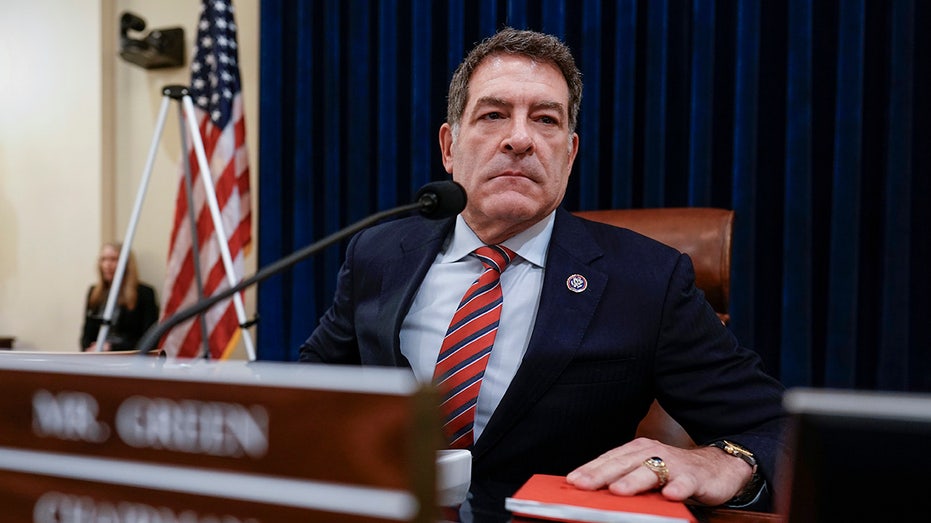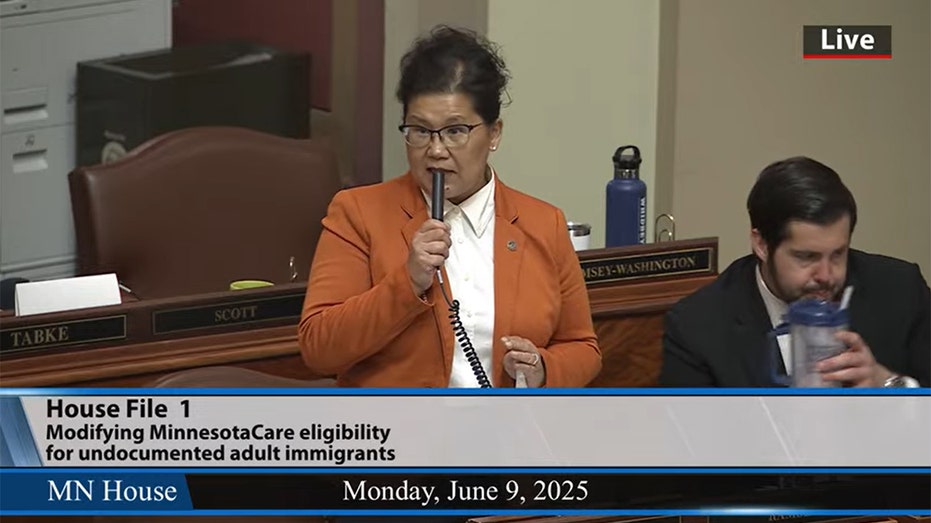Scientists Discover "Forever Chemicals" in American Beers Exceeding EPA Safety Limits
New study finds US-brewed beer surpasses EPA PFAS safety limits due to contaminated water sources, prompting calls for improved filtration.

Recent research has raised new concerns about the presence of "forever chemicals" in beers brewed across the United States. Scientists from the American Chemical Society’s Environmental Science & Technology journal have examined how polyfluoroalkyl substances (PFAS) — persistent, human-made contaminants — find their way into beers and at what concentrations.
“As an occasional beer drinker myself, I wondered whether PFAS in water supplies was making its way into our pints. I hope these findings inspire water treatment strategies and policies that help reduce the likelihood of PFAS in future pours,” said Jennifer Hoponick Redmon, lead author of the study.
Despite the use of standard water filtration and treatment systems at most breweries, these processes are not specifically designed to filter out PFAS. To investigate further, Redmon’s team adapted an EPA-approved method — typically used for analyzing PFAS in drinking water — to measure contamination levels in beer.
Key findings from their analysis included:
- The team tested 23 different beers, focusing both on breweries located in areas with known water contamination and on popular brands with unspecified sourcing.
- Beers brewed in regions such as North Carolina, California, and Michigan were found to contain elevated PFAS levels, often above recently established EPA limits.
- There was a strong correlation between municipal water PFAS concentrations and the levels found in locally brewed beer.
- 95% of the beer samples contained PFAS — particularly perfluorooctanesulfonate and perfluorooctanoic acid, two chemicals recently regulated in drinking water.
Notably, international beers appeared to be less affected. The researchers tested one beer from Holland and two from Mexico; these contained little or no detectable PFAS, highlighting the regional influence of water sources on contamination levels.
The results point to a broader issue: the quality of municipal drinking water has a direct impact on the safety of consumer products like beer. “Our findings indicate a strong link between PFAS in drinking water and beer, with beers brewed in areas with higher PFAS in local drinking water translating to higher levels of PFAS in beer, showing that drinking water is a primary route of PFAS contamination in beer,” the authors concluded.
While the study underscores the importance of updating water treatment technology and stricter regulatory action on PFAS pollution, it also serves as a reminder for breweries and consumers alike to pay attention to the origins of their water — and its potential risks.




